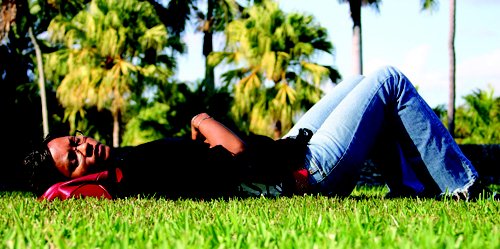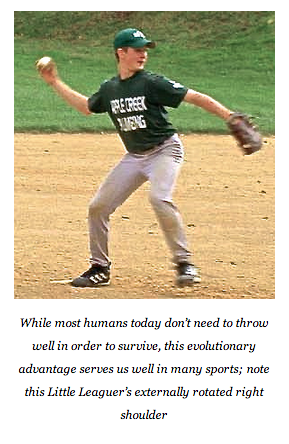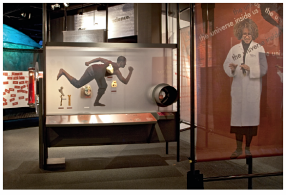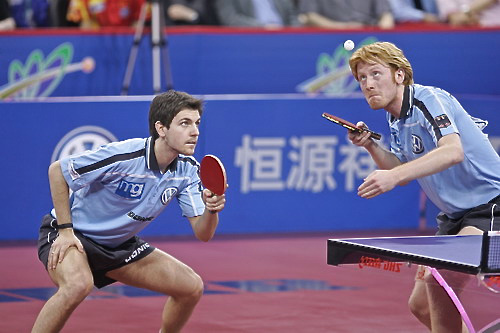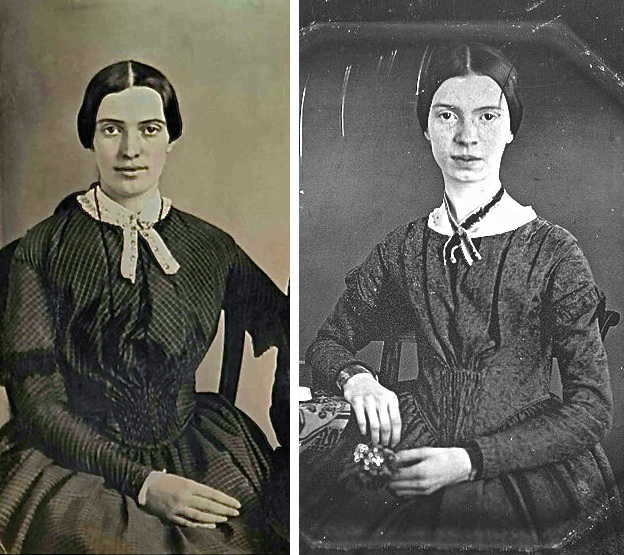As the season turns and the colors around us are changing, leaves begin to float off their branches. Just as our environment is settling in, we too can ground our bodies, using gravity as our guide. The ability to relax downwards is an essential part of feeling comfortable within your body. Here are some ways you can fall into your natural posture:
Nesting the Pelvis
Help your pelvis navigate its way home. While standing, take a little zigzag squat. Imagine you are about to sit down on a chair located behind you (not just directly under you) and let the pelvis fall forward. Feel your pelvis dropping between the legs, as though it is “nesting.
Get Updates on the Latest Blog Posts
Students often ask me if there is a particular mattress that is in line with the Gokhale Method. While I do have a few suggestions, the most important part of lying down is how you do it. Stretchlying on your back or side to put some extra length in your back is key to navigating beds with any extra firmness or softness. Elongating the spine will also help mitigate the distortions caused by twisting and moving around in your sleep. If you learn how to use your body well, you will develop the ability to sleep and be comfortable on most surfaces.
One of the many benefits of having excellent posture is the ability to enjoy an active lifestyle without injury. Conversely, an active lifestyle can help cultivate good posture. While you are still honing your posture, water is a perfect medium to train in since your buoyancy will reduce impact on your joints. In this forgiving medium, you can safely increase your muscle strength, stamina and flexibility while exploring the nuances of natural posture. You can reset movement patterns and connect the dots that make up the Gokhale Method while enjoying the soothing effect of the water on your body and mind.
No matter which stroke you choose, you will have occasion to summon up and strengthen your deep abdominal muscles. These muscles are especially important for the health and safety of your spine.
Baseball season is well underway and the 2014 All Star Game will soon be upon us. As always, power and precision pitching will be key, which is one reason why not a single chimpanzee will find himself in either of the All Star Team rotations. Given that adult chimps are overall stronger than even the most powerful baseball players, how can it be that a chimp’s “fast” ball clocks in at only about 20 miles per hour, whereas today’s Major League pitchers routinely throw balls at 90-100 mph.
Why chimp strength doesn’t translate into throwing a fastball–and why relatively weak human beings are so much better at powerfully and accurately throwing–is a line of questioning anthropologist Neil T. Roach and a team of researchers set out to explore. Their findings–reported in “Elastic energy storage in the shoulder and the evolution of high-speed throwing in Homo,” a study published last year in Nature, is what inspires this post.
The summer is upon us and many of us will be traveling in buses, boats, cars, and planes. I have spent a lot of time on planes and have observed people in discomfort all around me. The shape of airplane seats varies from airline to airline, but all of them have a curvature that forces the spine into an uncomfortable C-shape. In this season of airline travel, I’d like to share some simple tips to protect the spine and reduce muscle tension during an airplane flight.
1) Fill the C
The concave shape of airline seats puts pressure on the spinal discs and is the starting point for muscle tension. Fill the lower part of your seat with pillows, blankets, sweaters, or ideally a Stretchsit® Cushion to create a flat plane along which you can lengthen your spine.
We have an amazing pool of teachers, and I’m extremely proud of every one of them. They have diverse backgrounds and bring all kinds of knowledge, experience, and sensitivity to our Method, which benefits teachers and students alike. We are constantly tweaking and improving our offerings. Every month we get together via regularly scheduled continuing-education teleseminars, where I or another expert in a specific area makes a presentation, followed by a lively discussion. In addition, we stay in regular communication via what we have dubbed the “Teacher Water Cooler.” This is a private collaboration, a place where one teacher might write, “I just reviewed the intake form for ‘Student Y,’ who has this unusual syndrome, plus this and this and this. Any ideas how I might adjust my approach?” Another teacher might offer, “I ran into a cool educational tool the other day,” or, “Check out this interesting video on YouTube, and tell me what you think about its point of view.” So we teachers benefit from an ongoing and very dynamic interaction and, once a year, we gather together for a weekend of hands-on work.
A pain in the neck really can be a pain in the neck! Here are some tips on how to address this annoying problem:
1. Stretch it out.
(a) When you lie on your back, stretch the back of your neck out as you lay your head on the pillow. This way the pillow can help lengthen any tense muscles in your neck.
(b) When you drive, use the headrest to stretch the back of your neck out.
2. Know which way is up.
(a) Grasp a good-sized clump of hair at the base of your skull and gently pull back and up allowing your chin to angle downward in a relaxed way.
Many people in the US think of ping-pong as a somewhat lackadaisical sport, but it's actually a very active game that requires a great deal of fine motor control, hand-eye coordination, and athleticism. It takes explosive power, in addition to strength and flexibility, to get to the ball in time. In fact, one of the benefits of playing table tennis is that it allows you to develop explosive power - and explosive power is helpful for building bones and strengthening muscles.
Professional table-tennis player Timo Boll, below left, illustrates these truths. His form is superb. Not only are his legs externally rotated, but he's doing a perfect hip-hinge, his shoulders are back and low, and his left wrist is in good alignment.
Because I see poetry in healthy posture and find inspiration in the powerful poems of Emily Dickinson, I will connect some disparate dots and weigh in on the fundamental strengths of the poet's posture, as captured in the 1847 daguerreotype of her at about age 16, just above. Also, because some believe the woman in the patterned dress, below left, to be the poet (see interesting article here) at age 28 or 29, I will comment on her very similar posture, as well.
As an aside, because it makes a compelling case that the woman seated above left could be the reclusive poet, please take a look at this silent 30-second video created with advanced Photoshop layering techniques.


